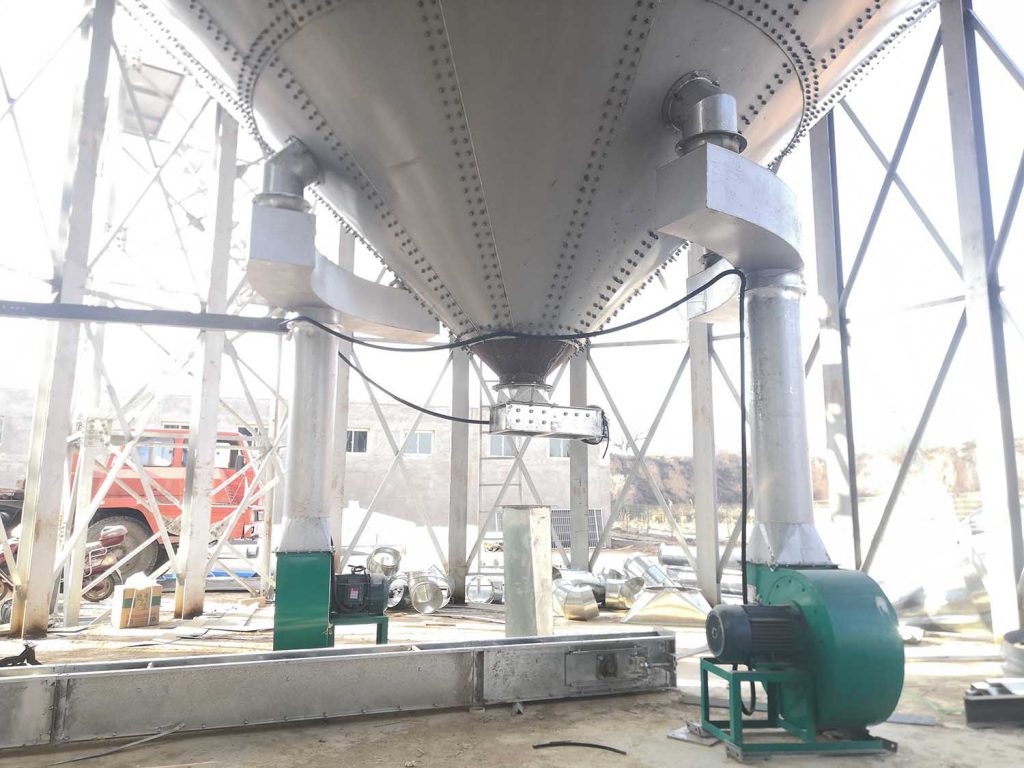Procuring a grain silo ventilation system is crucial for grain storage safety. A high-quality system extends grain shelf life effectively. It also significantly reduces grain loss.

Define Procurement Requirements
Analyze Grain Storage Characteristics
Analyze the characteristics of stored grain before procurement. Different grain types require different ventilation conditions. For example, corn has stronger respiration than wheat. It needs more powerful ventilation capacity. Understanding grain traits helps pinpoint key system performance indicators.
Evaluate Silo Scale and Layout
Plan the ventilation system according to silo size and layout. Large silos may need multiple ventilation units working together. This achieves full coverage. Small silos focus more on system compactness and efficiency.
Select Suitable Suppliers
Check Supplier Qualifications
Prefer suppliers with rich industry experience and good market reputation. Verify their complete production qualifications and quality management certifications like ISO 9001. Also confirm they have professional R&D teams. These factors form the foundation for system quality and performance.
Compare Products and Services
Compare product features and service content from different suppliers. Focus on system intelligence level, like smart control availability. Also consider operational stability, such as fan service life. Check after-sales service completeness too, including installation, maintenance, and repair response.
Conduct Site Visits and Trial Runs
Visit supplier production sites when possible. Witness their manufacturing processes and quality control procedures. Request equipment trial runs if available. This lets you directly observe operation status and ventilation effects.
Plan Costs Reasonably
Comprehensively Evaluate Procurement Costs
Procurement costs include not only equipment prices. They also cover installation, personnel training, later maintenance, and potential part replacement. Weigh initial investment against long-term operating costs fully in decisions.
Sign Complete Procurement Contracts
Specify Contract Terms Clearly
Detail system specifications and technical parameters in the contract. Also include delivery time, installation requirements, warranty period, and after-sales service terms. Ensure all clauses are clear and unambiguous. Avoid misunderstandings and omissions.